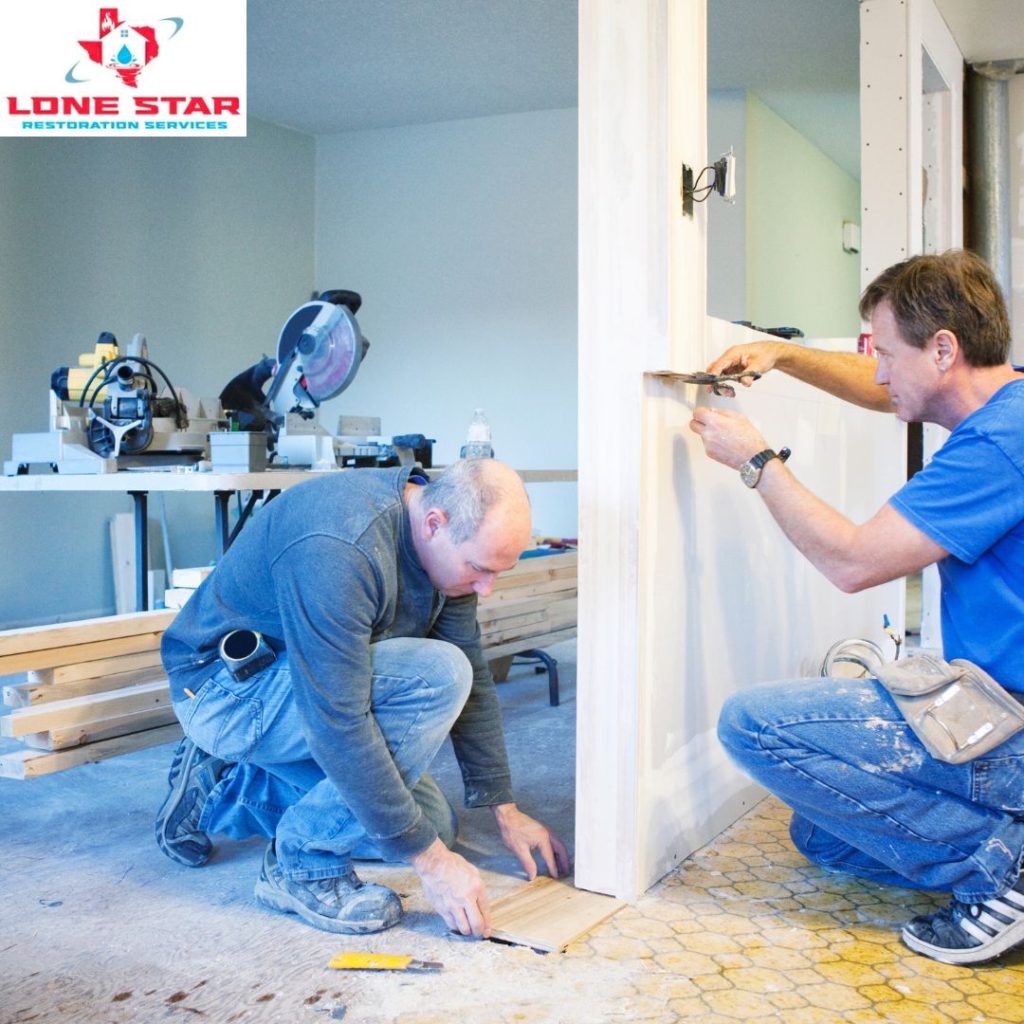The Restoration Process Explained: Your Guide to Bringing Your Property Back to Life
Owning a home or property often means facing the unexpected. From sudden water damage after a heavy downpour to the aftermath of a small kitchen fire, life’s unpredictable events can leave your property in need of serious TLC. But what exactly goes into restoring your space to its former glory? Welcome to our comprehensive guide on the restoration process.
Whether you’re a homeowner seeking clarity, a property manager aiming for timely interventions, or just someone curious about the world of restoration, we’re here to shed light on every step. Understanding this process is not only crucial for peace of mind but also for ensuring your property’s longevity and value. Dive in as we break down the journey from assessment to final touches, ensuring you’re well-equipped to handle any restoration challenges that come your way.
Assessment and Inspection: The Crucial First Steps to Restoration
Before diving into the actual restoration, it’s vital to understand the full extent of the damage. This foundational step ensures that every subsequent action is targeted, efficient, and effective.
a. The Role of a Professional Assessment:
Many homeowners may feel they can gauge the damage by merely looking at it, but there are often hidden issues lurking beneath the surface. A professional restoration expert is trained to identify both obvious and concealed damages, ensuring nothing gets overlooked.
b. Tools of the Trade:
In the age of technology, the restoration industry has advanced tools that aid in providing a comprehensive inspection. From infrared cameras that detect moisture behind walls to hygrometers that measure humidity levels, professionals come equipped with the best instruments to diagnose the problem accurately.
c. Documentation Is Key:
During this phase, it’s not just about spotting the damage but also about meticulously documenting it. Clear photographs, detailed notes, and systematic damage reports are generated. This documentation is essential for insurance claims, future reference, and to develop a restoration plan tailored to the property’s specific needs.
d. Setting Expectations:
Once the inspection is complete, homeowners and property managers are provided with an overview of the damages, potential risks if not addressed, and a projected path forward. This clarity ensures all parties involved are on the same page and helps set realistic expectations regarding timelines, costs, and outcomes.
Planning and Prioritizing: Crafting a Blueprint for Restoration Success
The initial assessment is complete, and we have a clearer picture of the damages. But before any hands-on restoration begins, a roadmap must be designed. This roadmap isn’t just about fixing what’s broken—it’s about optimizing the restoration journey for efficiency, safety, and longevity.
a. Setting Clear Restoration Goals:
The first step in planning is establishing what the end goal looks like. Do we aim to restore the property to its original state, or are there opportunities for upgrades and improvements? Whether it’s retaining a property’s historic charm or integrating modern amenities, having a clear vision is essential.
b. Deciding on Priority Areas:
Not all damages are equal. Some require immediate attention due to their potential risks (like structural damages), while others can be addressed in later stages (like cosmetic issues). By categorizing damages based on their severity and impact, professionals can tackle the most pressing issues first, ensuring the safety and functionality of the property.
c. Crafting a Detailed Timeline:
Understanding the restoration process can be daunting for property owners. That’s why a detailed timeline is provided, breaking down each stage of the process. This offers homeowners and property managers a clearer perspective on project duration, key milestones, and what to expect at every turn.
d. Budget Considerations:
Cost is a pivotal factor in any restoration project. Transparent communication about estimated costs, potential unforeseen expenses, and suggestions for cost-saving measures are provided. By being upfront and working within the client’s budget constraints, the restoration process remains as smooth and stress-free as possible.
Water Extraction and Drying: Preventing Further Damage and Securing Your Space
When it comes to water damage scenarios, time is of the essence. Water can be an insidious enemy, causing both visible and hidden damages if not addressed promptly.
a. Importance of Immediate Response:
Every minute counts. The longer water remains, the higher the chances of mold growth, structural damages, and increased restoration costs. Immediate intervention minimizes these risks and saves homeowners in the long run.
b. Advanced Extraction Techniques:
Today’s restoration experts utilize powerful pumps and vacuums designed to remove water swiftly and efficiently. These aren’t your average household machines; they’re built for heavy-duty extraction, ensuring the best possible start to the drying process.
c. Dehumidification and Drying:
After extraction, comes the critical phase of drying and dehumidification. Using industrial-grade equipment like air movers and dehumidifiers, professionals ensure no lingering moisture remains. This step is vital to prevent mold and bacterial growth.
Cleaning and Sanitization: Beyond the Surface, Ensuring a Healthy Environment
Post-damage, a property may appear clean at first glance. However, it’s what’s beneath the surface, and in the air, that matters most.
a. Residue and Contaminant Removal:
Smoke, soot, mold spores – these are just some of the residues that may linger. Specialized cleaning agents and techniques are employed to combat and remove these contaminants effectively.
b. Health First:
Sanitization goes beyond just cleaning. It’s about ensuring a safe, healthy living environment, free from harmful bacteria and pathogens that might have developed due to water damage or other incidents.
c. Personalized Cleaning Solutions:
Depending on the type and extent of damage, custom cleaning solutions are tailored to each property, ensuring optimal results and safety.
Repair and Reconstruction: Piecing Together Your Space with Precision and Care
Restoration isn’t just about cleaning; it’s about rebuilding and, in many cases, reimagining.
a. Minor vs. Major Repairs:
From patching up small holes to replacing entire sections of a property, the restoration spectrum is vast. Whether it’s a quick fix or an extensive overhaul, each task is approached with the same level of dedication and expertise.
b. Material Matters:
Choosing the right materials is crucial. Not just for aesthetic purposes, but for durability and longevity. Professionals often advise on the best materials that match the original property or even suggest upgrades when appropriate.
c. Ensuring Structural Integrity:
Every repair isn’t just about looking good – it’s about lasting long. Proper techniques ensure that once restored, areas are stronger and more resilient than ever before.
Conclusion: Post-Restoration Care – Safeguarding Your Restored Abode
The journey doesn’t end once the last nail is hammered in. Maintaining the sanctity of the restored space is crucial for long-lasting results.
a. Maintenance Tips for Homeowners:
From routine checks to cleaning tips, homeowners are equipped with knowledge to keep their homes in pristine condition.
b. Importance of Regular Inspections:
Seasonal inspections, especially post-restoration, can prevent minor issues from becoming major problems. The value of periodic professional checks cannot be understated.
c. Open Line for Queries:
Restoration companies often remain available for follow-up questions, further ensuring the property remains in its best state long after the job is done.





